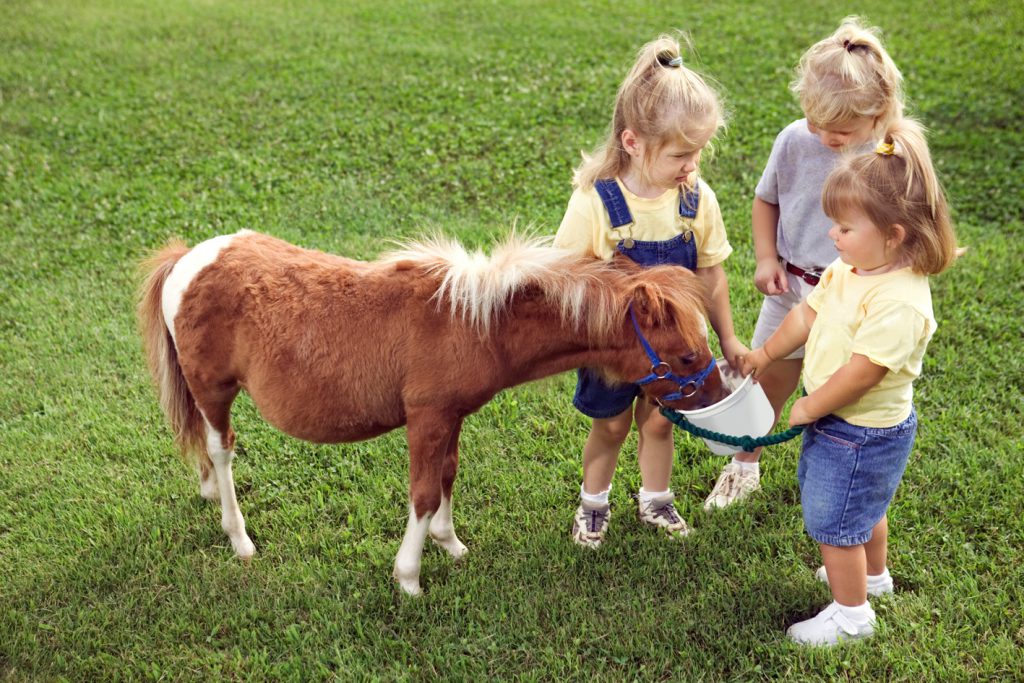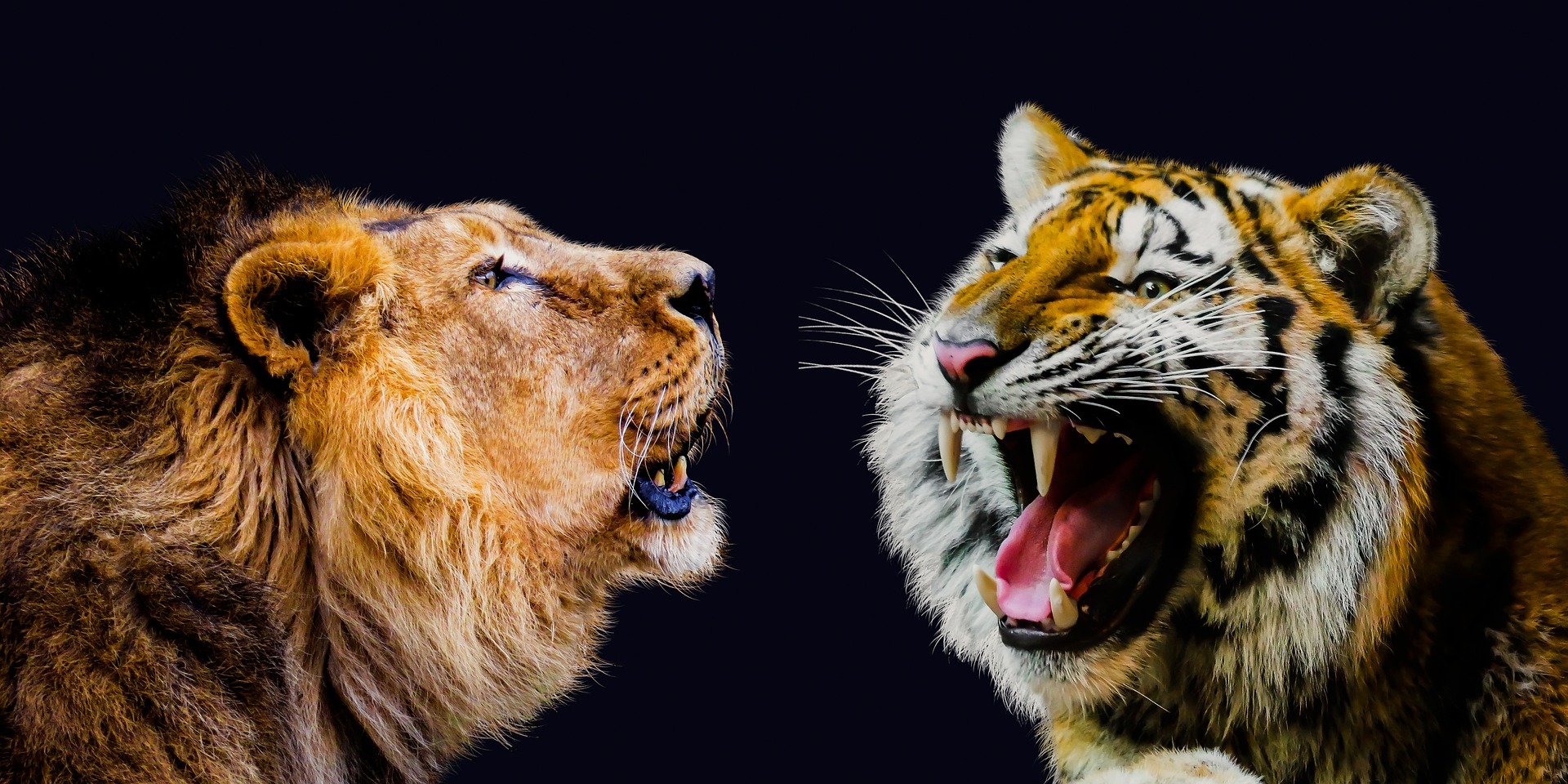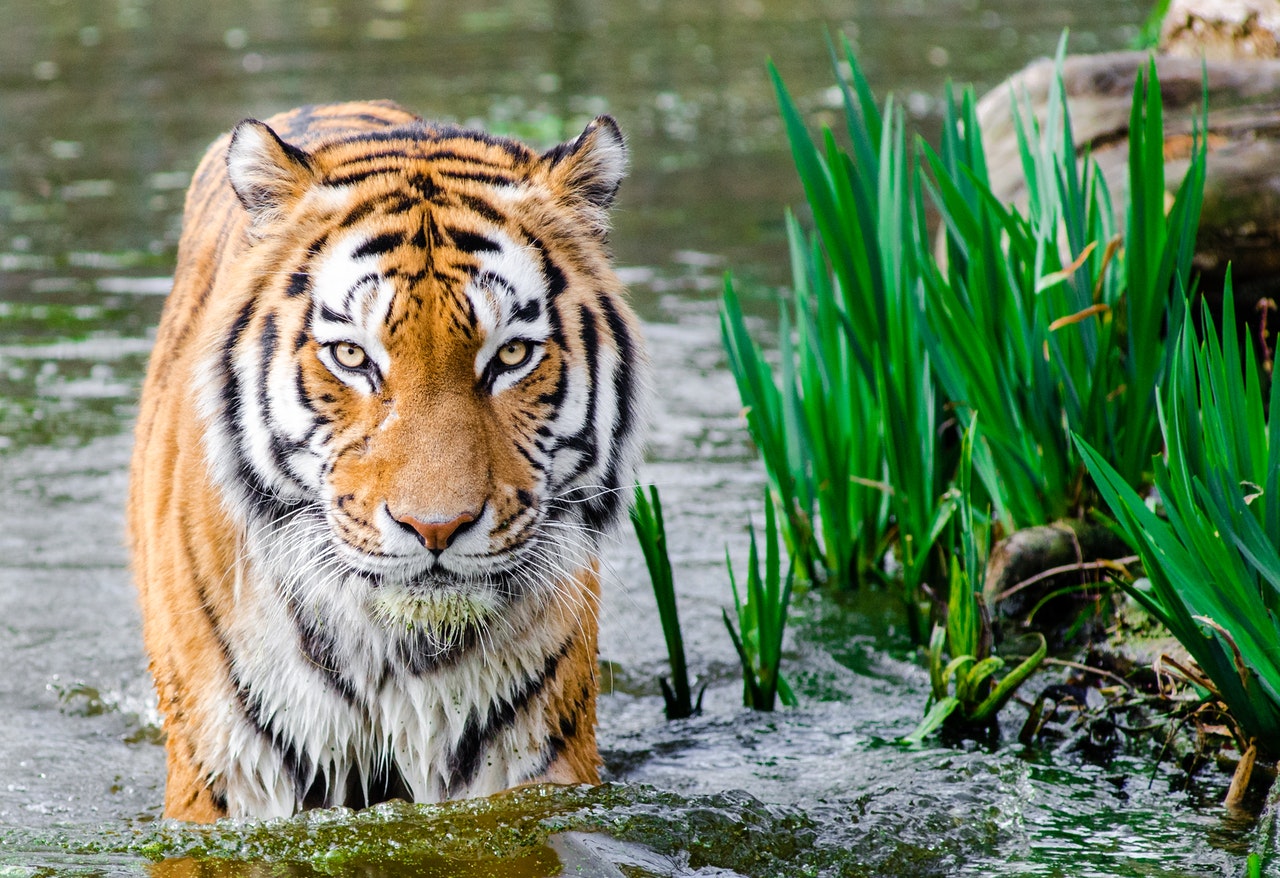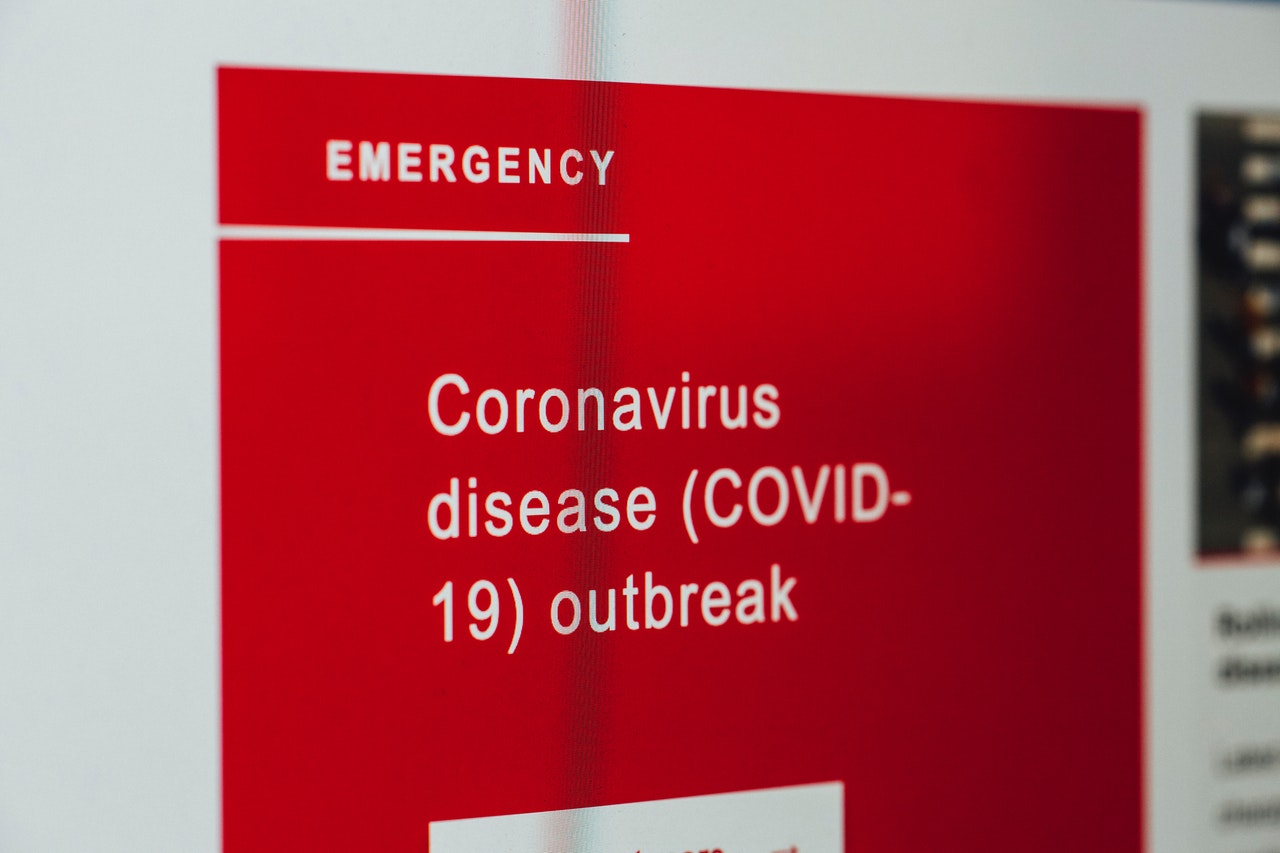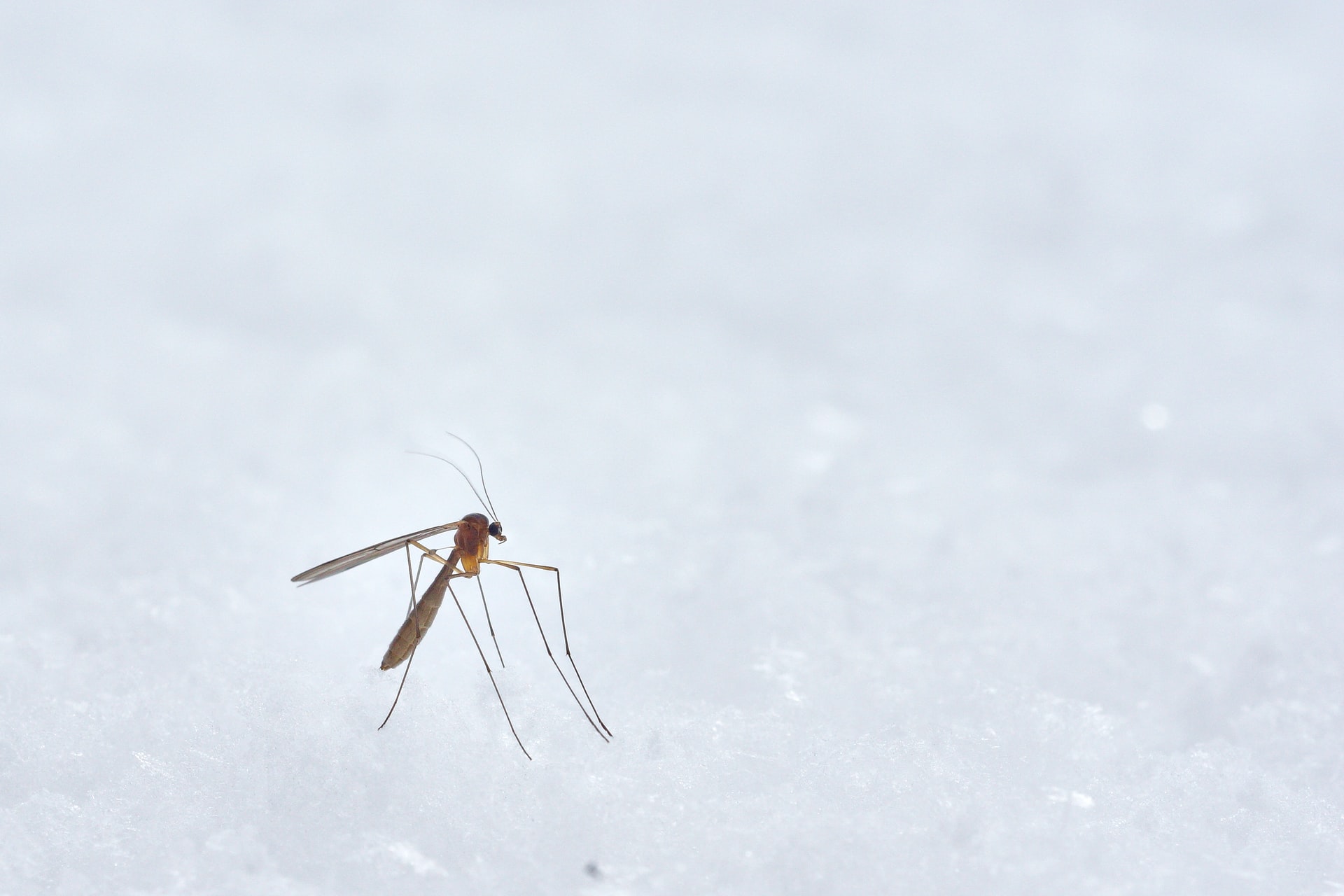Reading Time: < 1 minutes
- It is a class of animals.
- But there is no universal acceptance on who all form a part of this class.
- It is an evolving classification (with plenty of exceptions), so it keeps getting modified every now & then and that is why it is considered difficult to define mammals.
- However, despite the changes that keep happening, a few criteria are common.
- Criterion 1: All mammals have glands, which in females (and sometimes males) give milk.
- Criterion 2: All mammals can maintain a stable body temperature regardless of the temperature of the surroundings as compared to animals such as reptiles, fish and amphibians (frogs, toads), which can’t control their body temperature and thus become sluggish in cold weather.
- Criterion 3: All mammals have hair or fur.
- Criterion 4: Most mammals have teeth; the only exception so far is the ant-eater.
- Then there are also some technical requirements such as 3 bones in the ear, lower jaw made up of a single pair of bones and a diaphragm.
- Mammals are found in any kind of environment – underground, on-ground, water and air.
- Mammals are divided into three groups.
- First, monotremes, are those who lay eggs and feed milk, not through teats, but through pores; example – platypus.
- Second, marsupials, who give birth to poorly developed offsprings and carry them in a pouch; example – kangaroo, koala.
- Third, placentals, give birth to well-developed (smaller versions of themselves) beings; example – human, whale, bats.
Reference shelf :

